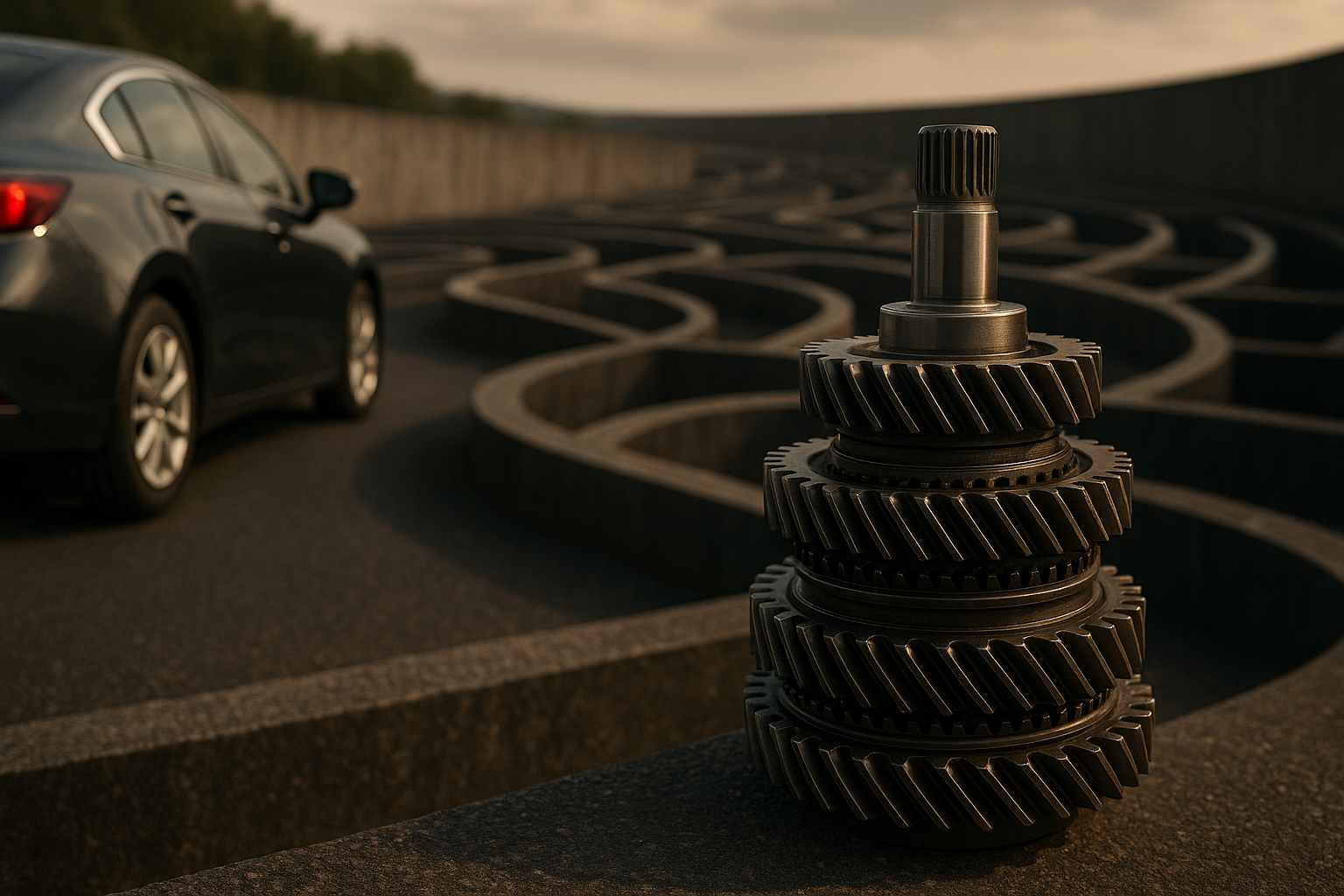A Journey Through the Labyrinth: Understanding the Complex World of Automotive Gear Ratios
In the intricate world of automobiles, one of the lesser-explored areas is the realm of gear ratios. This pivotal aspect of car engineering, though often overlooked, plays a significant role in determining a vehicle's performance and efficiency. Let's embark on an intriguing journey through the labyrinth of automotive gear ratios, deciphering their mysteries, and exploring their significant impact on our driving experience.

A Comprehensive Background: The Genesis and Evolution of Gear Ratios
The story of gear ratios began with the birth of the automobile itself. Early cars were single-speed machines, but the need for better control and efficiency soon led to the advent of multiple gear ratios. The multiple gear ratio system allowed the engine to operate within its optimal power band, irrespective of the vehicle’s speed. This technological leap significantly improved vehicle performance and fuel efficiency.
Over the years, advancements in technology and materials science have enabled engineers to design increasingly complex and efficient gear systems. These systems maximize engine power output while minimizing fuel consumption, thereby offering an optimal balance between performance and efficiency.
The Current Landscape: Industry Trends and Insights
Today, the automotive industry continues to innovate and push the boundaries of gearbox design. Modern cars often come equipped with six, eight, or even ten-speed automatic transmissions, each offering a wide range of gear ratios to suit various driving conditions.
Simultaneously, the rise of Continuously Variable Transmissions (CVT) represents a significant shift in the industry. CVTs offer an infinite number of gear ratios, providing unparalleled smoothness and efficiency. However, they also present unique challenges, such as a lack of mechanical connection between the engine and the wheels, leading to a less engaging driving experience.
The Impact: Advantages and Challenges of Gear Ratios
Gear ratios play a crucial role in defining a car’s character. A vehicle with a tall gear ratio (lower numerical value) will provide better fuel economy at high speeds, making it ideal for highway driving. On the other hand, a vehicle with a short gear ratio (higher numerical value) will deliver greater torque to the wheels, resulting in improved acceleration and off-road performance.
However, perfecting gear ratios is a delicate balancing act. Engineers must consider a multitude of factors, such as the engine’s power curve, the vehicle’s weight, and the intended use of the car. A slight miscalculation can lead to suboptimal performance or increased fuel consumption.
Unraveling the Mysteries: Understanding the Mechanics of Gear Ratios
At its core, a gear ratio signifies the relationship between the driver gear (the one connected to the engine) and the driven gear (connected to the wheels). It determines the car’s speed and acceleration, affecting how the engine’s power is translated to the wheels.
For example, in a 1:2 gear ratio, the driver gear turns twice for every single rotation of the driven gear. This means that the engine is working harder, providing more torque but less speed. Conversely, a 2:1 gear ratio means that the engine turns once for every two rotations of the driven gear, resulting in higher speed but less torque.
The Future: Gear Ratios and the Automotive Industry
As the automotive industry continues to evolve, the role of gear ratios is set to become even more crucial. With the growing emphasis on fuel efficiency and emission reduction, engineers are continually striving to refine and optimize gear ratios.
Moreover, the advent of electric vehicles, which operate without conventional multi-speed transmissions, is reshaping the landscape of gear ratios. While electric cars currently use single-speed transmissions due to their wide-ranging torque, the potential for multi-speed transmissions in electric vehicles is an exciting area of research and development.
In conclusion, gear ratios, though complex and often overlooked, are an intrinsic part of our driving experience. As we continue to navigate the labyrinth of automotive technology, understanding the intricate world of gear ratios brings us one step closer to comprehending the marvel that is the automobile.




